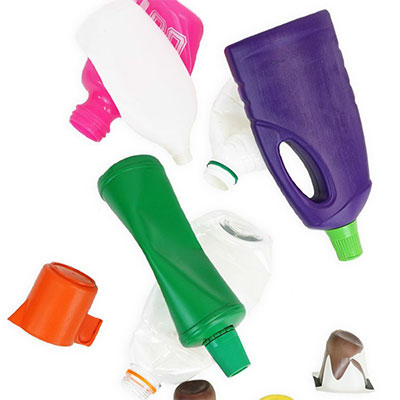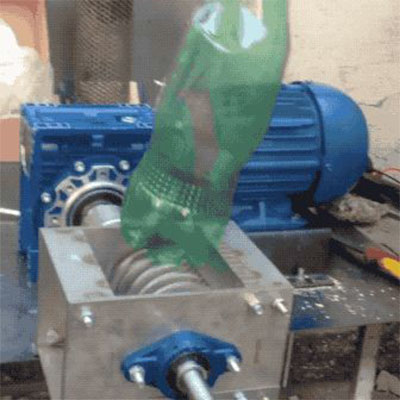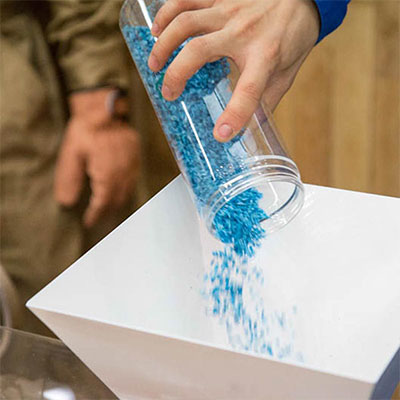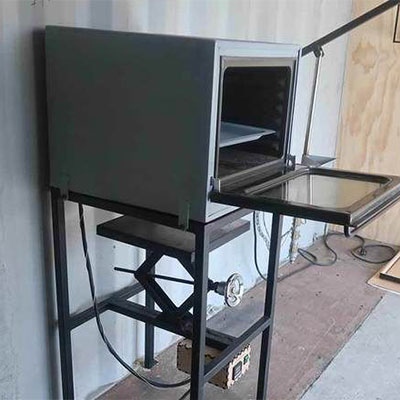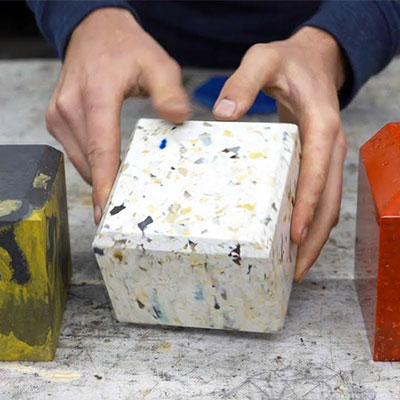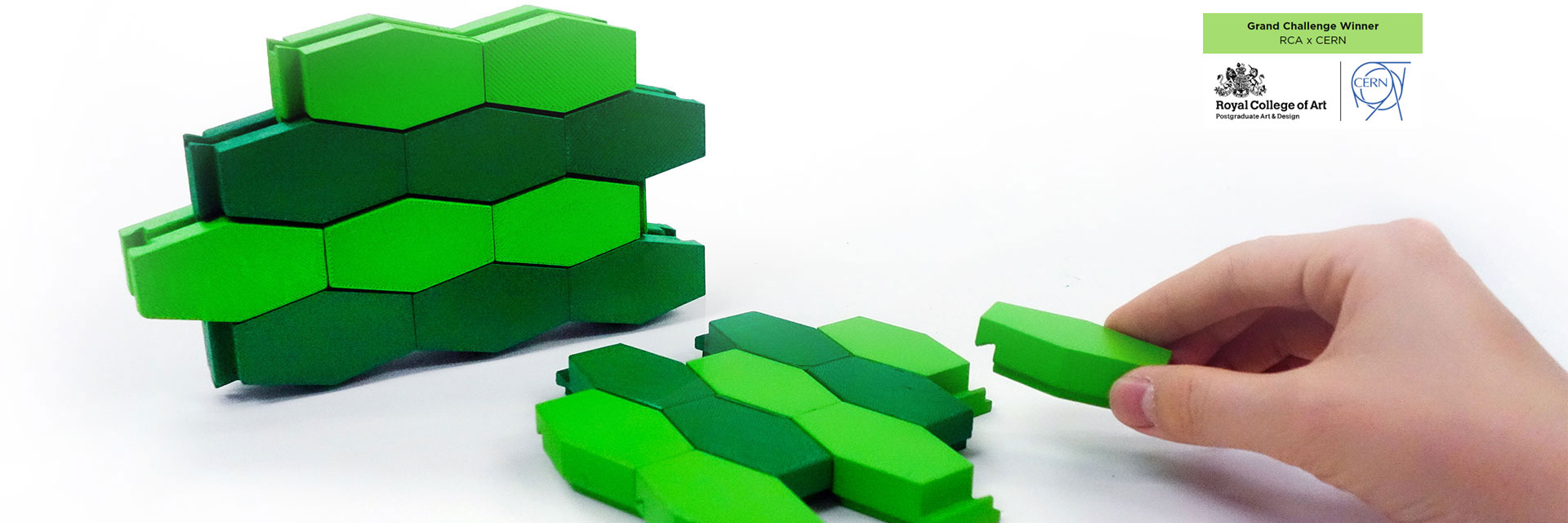

A different look at the recycling of plastics and the communities that support it
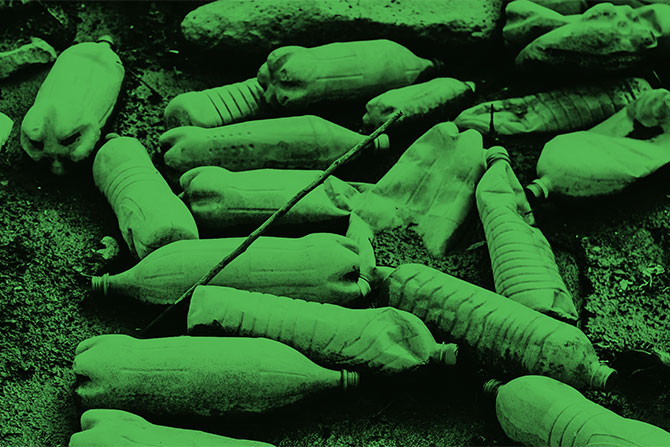
Global Challenge
The damage to our environment due to plastic waste is immense. For the most part, plastic waste is either dumped in oceans or buried in landfills due to its non-biodegradable nature.
That’s a truck load of rubbish a minute.
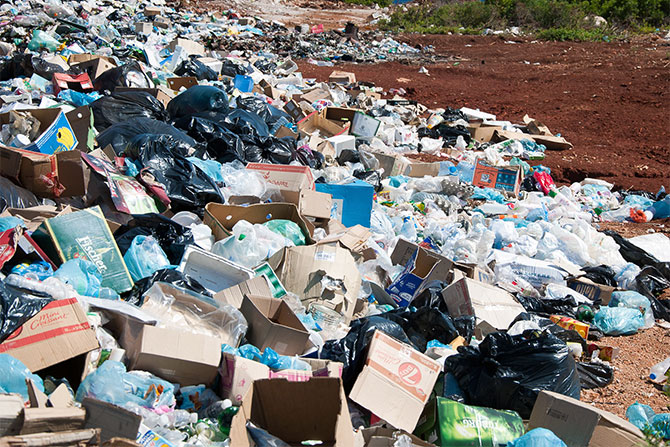
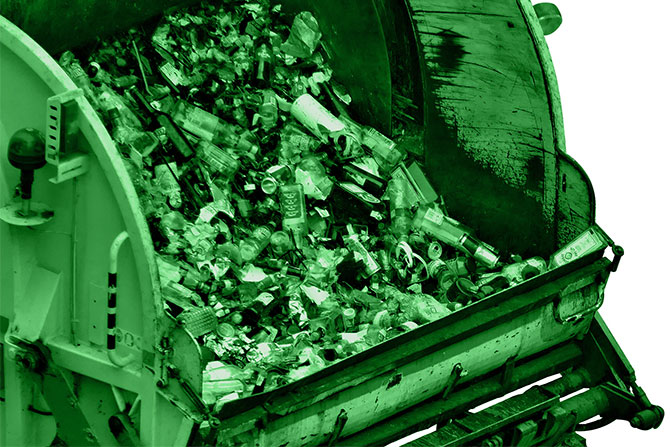
Recycling Problem
The perceived solution, the repititive recycling of plastics, is not the answer. There is a huge carbon footprint associated with recycling. Heavily relying on cyclic recycling to solve plastic waste perpetuates the single-use culture, downgrades the material, and if often used to supplement virgin plastic.
Repetitive recycling generates a huge carbon footprint
Opportunity
Breaking the vicious cycle of repetitve recycling of plastic, we identified the opportunity to create durable, longer lasting products that utilise the seemingly negative properties of plastic to its advantage.
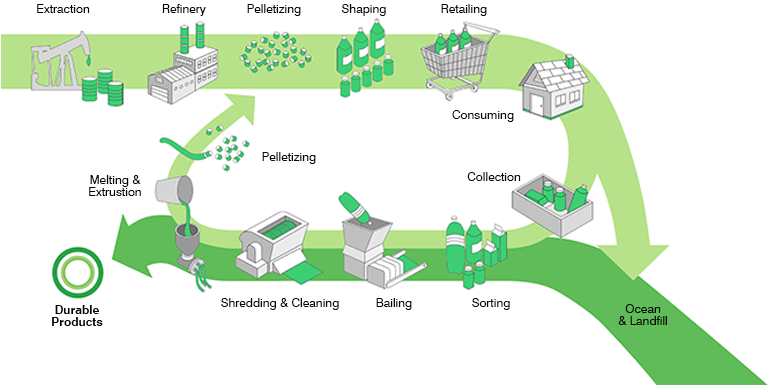
Target Community
Looking at the critical areas of plastic waste accumulation, we focused on the slum community of Dharavi in Mumbai, India. They not only deal with all the waste from the city, but they also have an established recycling industry. However, they currently only convert waste into industrial raw material or low-cost plastic consumer goods. Additionally, there is a pressing need for durable housing; which is conventionally constructed with materials and methods that are not lasting and suitable for the environment.
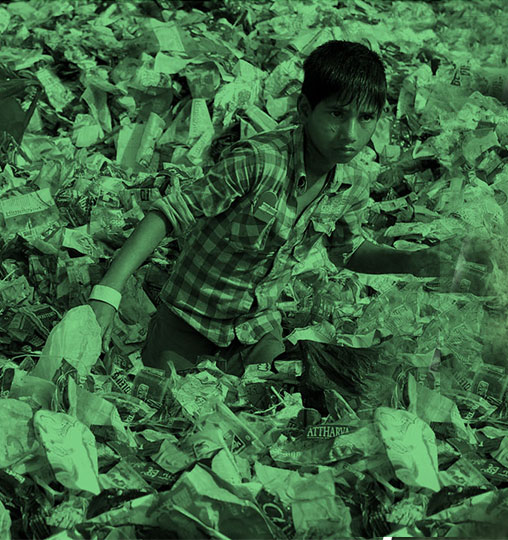
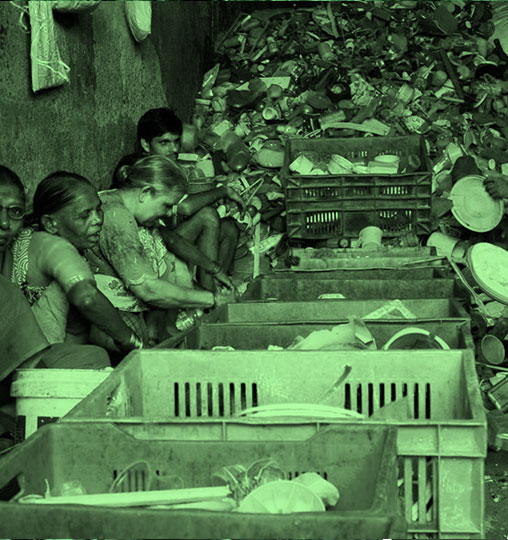
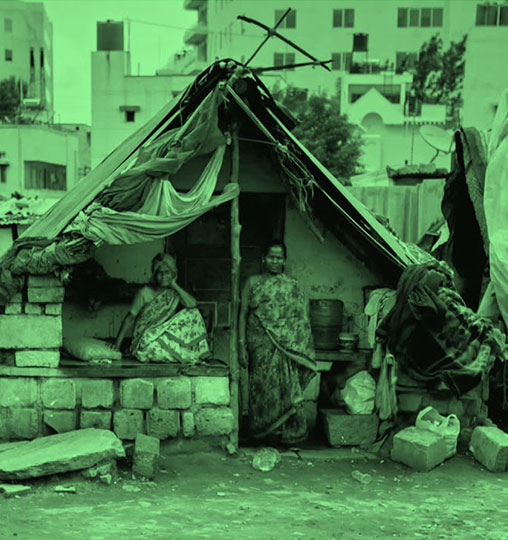
CONTEXT
Plastic Recycling
The recycling industry in Dharavi is a £700m industry
80% of Mumbai’s solid waste is recycled; that is close to 8000 metric tons
Plastic waste is bought by the kilogram at (approx.) 15p per kg of plastic bottles
The plastic recycling industry employs close to 10,000 people
20,000 single-room factories support the economy of the slum
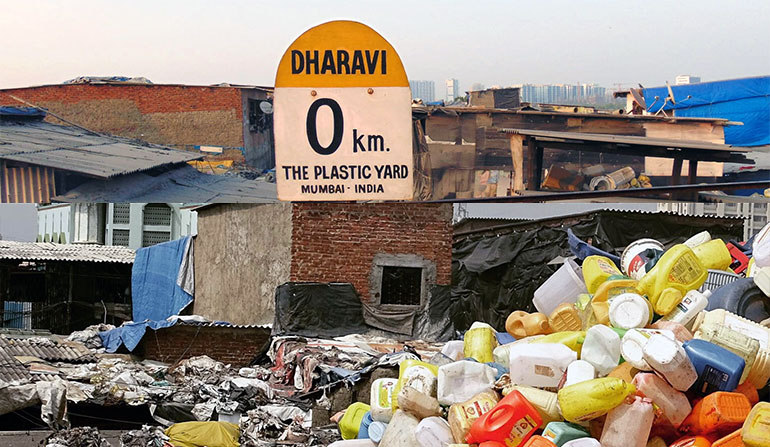
CONTEXT
Housing Infrastructure
1 million people live in Dharavi with a population density of 869,565 people per square mile
Housing relies on materials like corrugated sheets, bamboo or wooden planks
Dharavi receives heavy monsoon rains, which takes its toll on poorly built houses
Most structures are built through manual labour due to narrow streets.
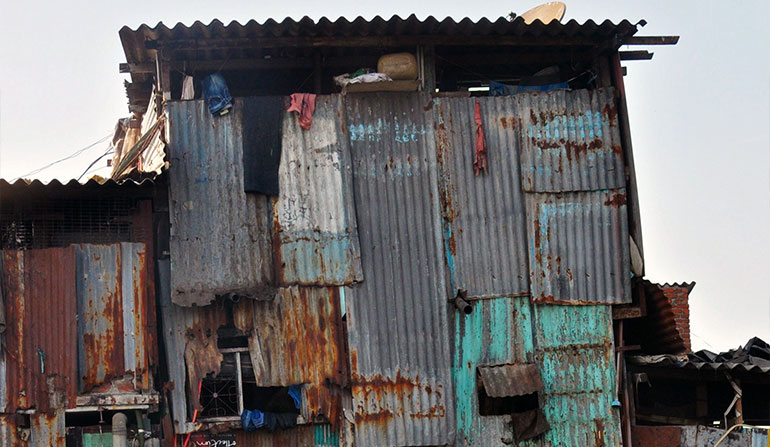
User Needs & Stakeholders
Creating a market demand for durable products from local communities will help provide additional sources on income. Durable housing protects against extreme climate conditions improving living habitats. Addressing excessive waste accumulation through small businesses with existing recycling facilities.

The Mission
How might we turn plastic waste into durable products to make a positive impact in a slum community and on the environment?
Ideation
Through team brainstorming, we explored ideas ranging from improving green spaces to creating multi-purpose recycled plastic objects that are durable and long-lasting.
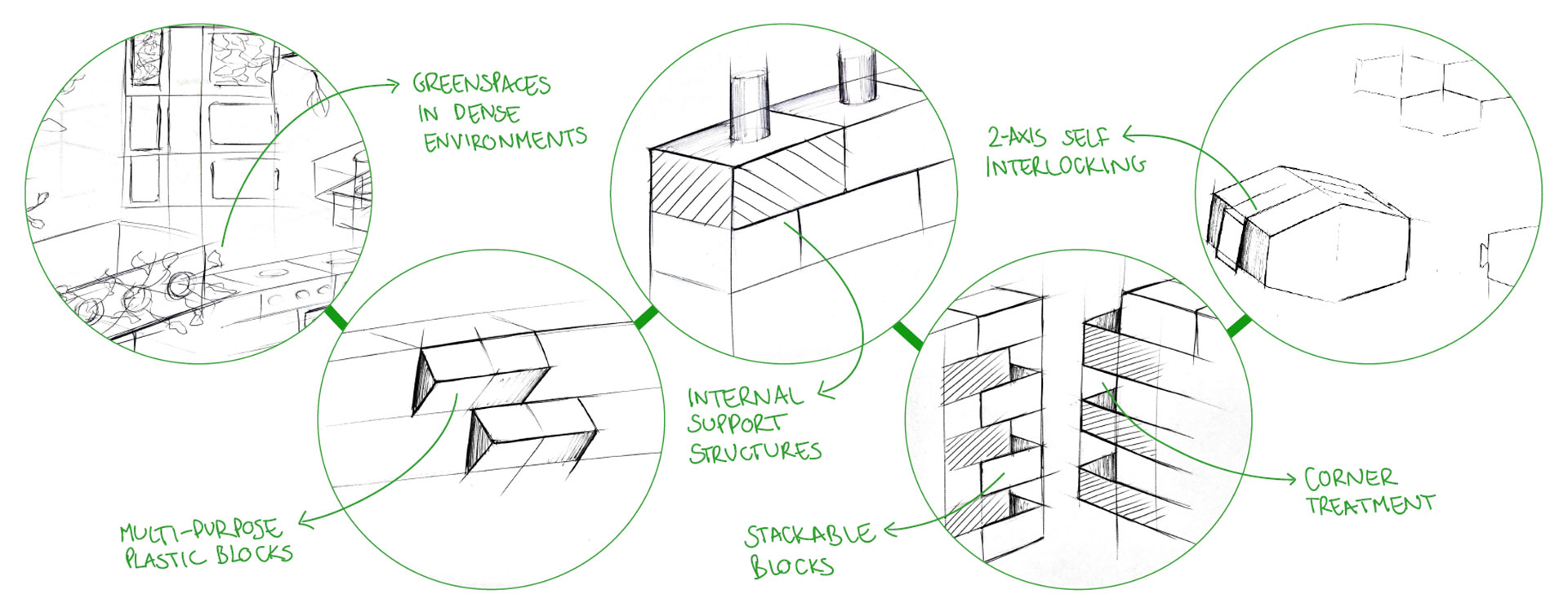
Concept

Interlocking bricks and tiles, made from a verstaile mould, using plastic reprocessed by Dharavi's established recycling industry.
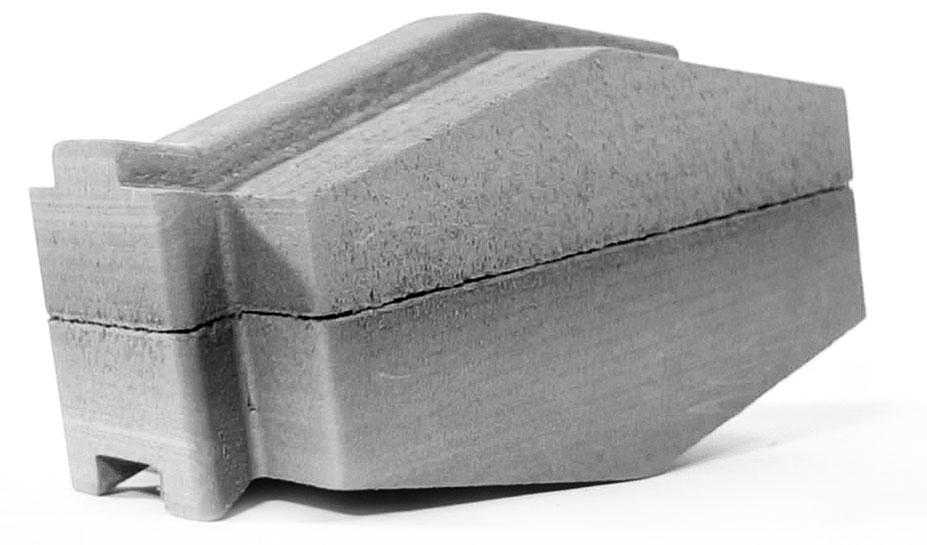
Open Source Process
